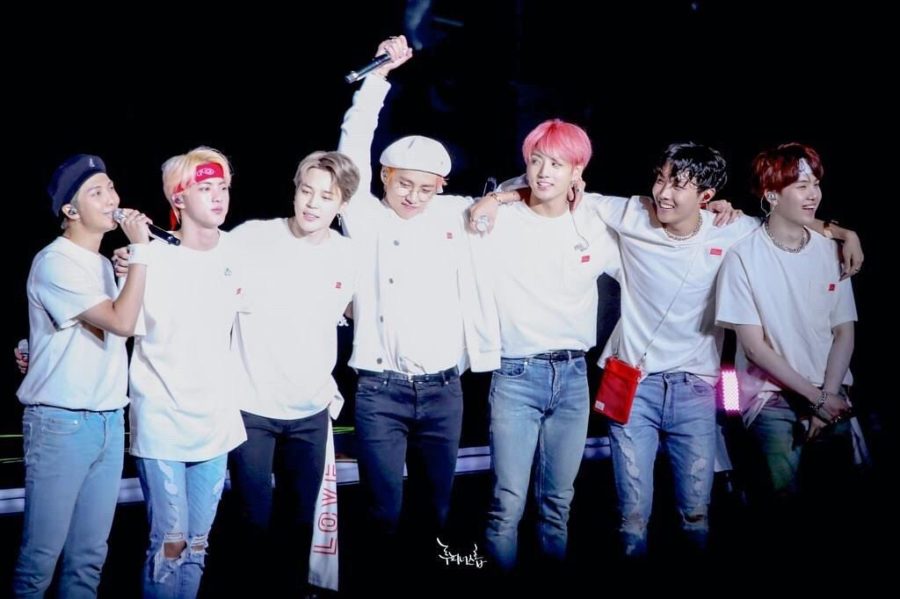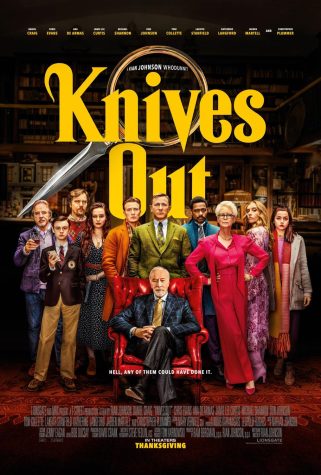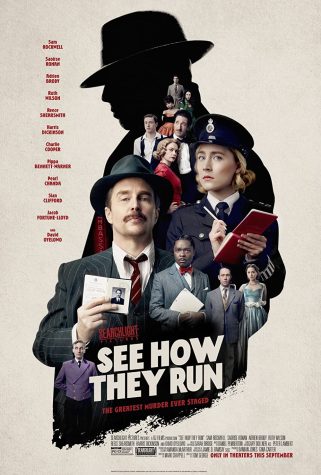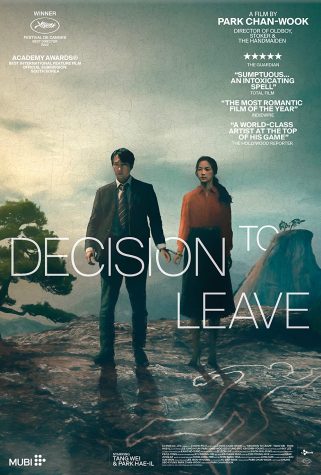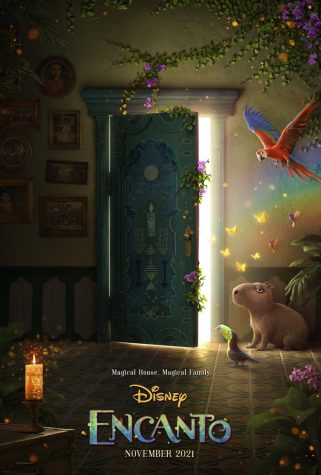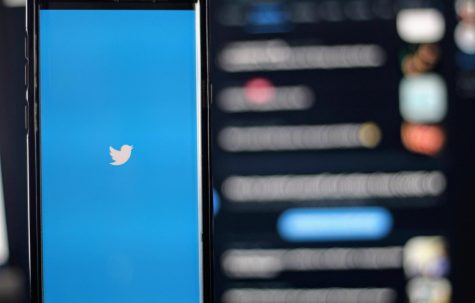K-Pop: Is It Actually Bad, or Are You Just Biased?
K-Pop has recently exploded over the past couple years, with groups such as BTS, BLACKPINK, and NCT announcing world tours and selling out tickets in minutes. The VMAs even added a Best K-Pop category in an attempt to appeal to K-Pop fans. However, the fans dissed them for doing so and some went so far as to accuse the VMAs of racism. Along with the popularity these groups hold also comes hate. So-called “antis” take to Twitter and post hate for seemingly no rhyme or reason. Many comment on how “feminine” the boy groups appear, not taking into account the differing beauty standards between South Korea and America. So, what’s the big deal? K-Pop: is it actually bad, or are you just biased?
What’s the deal with the VMAs?
The VMAs (Video Music Awards) hosted by MTV every year bestow awards to the “best” in the music video medium using an undisclosed rubric. They never fail to anger some fans who may claim that their favorites were robbed, and the 2019 VMAs were no different. This time, some are suggesting that the race of artists could be coming into play.
The “Best K-Pop” category was added for 2019, and with it came a number of accusations. First up, the artists nominated. All of the artists were either boy or girl groups, with anywhere from 4 to a staggering 21 members. They included BLACKPINK with “Kill This Love,” BTS ft. Halsey with “Boy With Luv,” EXO with “Tempo,” Monsta X ft. French Montana with “WHO DO U LOVE?,” NCT 127 with “Regular,” and TOMORROW X TOGETHER (TXT) with “Cat & Dog.”
Out of the 6 groups, only one was a girl group. The girl group in question, BLACKPINK, is somewhat controversial, due to its company’s marketing strategies. They are also looked down on because their company apparently favors one of the four members. Other female groups such as ITZY and Twice would have been viable contenders because of their massive views on YouTube. Twice’s “FANCY” music video racked up 42.1 million views in the first 24 hours, and ITZY’s debut music video, “DALLA DALLA,” managed to get 13.9 million views in 24 hours, breaking the record for most views on a debut music video.
Another issue is that no solo artists were highlighted in the nominations. K-Pop has a number of highly talented solo artists, such as CL, a female rapper, and Taemin, a singer and member of the famous boy group SHINee who recently released his EP, “FAMOUS.”
A second issue are the songs chosen. Four out of six of the songs (“Boy With Luv,” “WHO DO U LOVE?,” “Regular, Cat & Dog”) were in collaboration with an American artists or were released in English, and “Kill This Love” was performed live at Coachella, making national headlines. Only EXO’s Tempo did not receive an English release or advertising in America. It seems as though the songs were cherry-picked to appeal to a western audience, something that would not help the groups gain and keep fans as their overall sounds greatly differ from the small selection broadcasted.
The third issue is the addition of the category itself. Some argue that it was added “10 years too late,” something that is especially clear when looking at the addition date of the Best Latin category. The Latin category was added in 2010.
A final issue that fans brought up was that the K-Pop category seems to have been added to racially segregate Korean artists from Western/American artists. According to Google genre is defined as “a category of artistic composition, as in music or literature, characterized by similarities in form, style, or subject matter.” Musical genres include Pop, Jazz, Rock, Hip hop, Folk, Blues, etc. The Latin and K-Pop categories are, by definition, not definitive genres. They separate artists by race, not taking into account what genre their songs actually are or what language the songs were released in. Some fans did take this point a step too far, and began accusing the VMAs of being racist and xenophobic, or (as google defines it), “having or showing a dislike of or prejudice against people from other countries.” Although the situation with the VMAs was already somewhat of a disaster, fans on Twitter quickly blew it up into a much larger issue.
Beauty Standards: America vs South Korea
A popular insult against Korean boy groups is how feminine they appear, but this is due to the differing beauty standards between America and South Korea. American (Western) male beauty standards favor huge muscles, 8-packs, and overall chiseled physiques. Other points include height – being taller is favored, along with being as lean as possible, and being extremely muscular. Anything that could be considered traditionally “feminine” is not in the picture (nail polish, light makeup, face masks, the color pink, certain jewelry, etc.).
South Korean male beauty standards, on the other hand, are comparable to the soft boy trend on TikTok (think the “boyfriend” look – big sweaters and sweatshirts, skinny jeans, fluffy hair, etc.). In fact, the ideal South Korean man has been referred to as a “pretty boy.” An androgynous and younger look is preferred, with some even choosing to have plastic surgery to achieve the perfect youthful complexion. Skincare and makeup are both considered gender neutral, and colored contacts are a popular cosmetic item. It is easy to see how some could see this as feminine and girly, but it is the standard in South Korea.
So, What’s the Big Deal?
Xenophobia and the misunderstanding of global beauty standards are only some of the reasons that people hate on K-Pop. Other reasons could be that people prefer to understand the lyrics being sung, or that they haven’t found any songs that they like. Some people just don’t want to support the K-Pop industry because it’s different.
The music industry in South Korea is extraordinarily competitive, with trainees training for many years hoping to finally have the chance to debut. Once they’ve debuted, idols are often held to unattainable standards and placed on rigorous diets, which have caused some artists to even pass out on stage. It’s understandable that some people would be against this, but that is only one aspect of K-Pop.
In the last nine years, 244 idol groups have debuted. BTS, EXO, GOT7, TWICE, Red Velvet, MONSTA X, BLACKPINK, and the list goes on, each group with their own unique sound. Some groups, such as Pop Rock groups Day6 and The East Light, perform with each member filling positions such as guitarist, bassist, keyboarder, drummer and vocalist instead of only dancing, singing and rapping. It’s easy to find a song to suit anyone’s music preferences, and all it takes is the right song to fall in love with a group. So take a look — and this time, drop the bias.


